
Privacy Coins Explained - A Complete Guide for Beginners

In the world of cryptocurrencies, one subset that has generated a lot of interest is privacy coins. As the name suggests, these coins prioritize the privacy and anonymity of their users.
Despite the growing interest, understanding privacy coins can be a bit complex, especially for beginners. Therefore, this guide will explain privacy coins in a simple, accessible way.
What are Privacy Coins?
Privacy coins are a type of cryptocurrency that uses advanced cryptographic techniques to create a type of digital money that is completely anonymous or nearly so.
Unlike Bitcoin, which is pseudonymous (meaning transaction details are public, but user identities are concealed), privacy coins aim to fully hide transaction data, making it a perfect choice for individuals who prioritize their online privacy.
Why are Privacy Coins Important?
In an era where data breaches are all too common and privacy concerns are growing, privacy coins offer a secure and confidential way to conduct transactions.
They protect users from potential surveillance, making them a favorite among people who prioritize financial privacy.
Examples of Privacy Coins
These are few popular privacy coins -
1. Monero (XMR) - Monero is arguably the most popular privacy coin. It uses ring signatures and stealth addresses to hide the sender, recipient, and amount of every transaction.
2. ZCash (ZEC) - ZCash provides the option of "shielded" transactions, which allow for data to be encrypted on the blockchain. It uses a method called zk-SNARKs to verify transactions without revealing any sensitive information.
3. Dash (DASH) - While not as anonymous as Monero or ZCash, Dash offers a service called PrivateSend that mixes transactions to increase privacy.
How Privacy Coins Work?
Cryptographic Techniques - Privacy coins rely on complex cryptographic techniques. For example, Monero uses ring signatures and stealth addresses.
Ring signatures mix a user's account keys with public keys from the blockchain, making it nearly impossible to link transactions to a specific user. Stealth addresses provide a one-time address for each transaction, hiding the true receiving address.
Optional Privacy - Some privacy coins, like ZCash, offer optional privacy. Users can choose between transparent and shielded transactions, depending on their preference for speed or privacy.
Privacy Coin Use Cases
Privacy coins are more than just a way to conceal transactions; they have real-world applications:
Protecting User Privacy - Privacy coins can be used to protect individual privacy. They can be a way to avoid tracking, censorship, and surveillance.
Business Transactions - Businesses may use privacy coins for confidential transactions, such as during mergers and acquisitions or proprietary contract negotiations.
Freedom in Authoritarian Regimes - In countries with oppressive regimes, privacy coins can provide a measure of financial freedom, allowing citizens to bypass invalid regulation control or scrutiny.
Pros and Cons of Privacy Coins
Pros
1. Privacy and Anonymity: The main advantage of privacy coins is, of course, privacy. They provide an anonymous way to perform transactions online, which can be a major benefit for users who value their privacy.
2. Security: Due to their advanced cryptographic techniques, privacy coins offer increased security compared to traditional cryptocurrencies.
Cons
1. Regulatory Issues: Privacy coins face regulatory challenges because they can be used for illicit activities. This could potentially limit their adoption.
2. Complexity: The advanced technology used by privacy coins can make them complex and difficult to understand for average users.
Should You Invest in Privacy Coins?
Like any investment, it's crucial to do your research before investing in privacy coins. They have significant potential due to their unique privacy features, but they also face regulatory and adoption hurdles.
Always remember that the value of any investment can go down as well as up, and you may lose your entire initial investment. Therefore, never invest more than you can afford to lose, and seek professional advice if you're unsure.
Are Privacy Coins Legal?
As of 2023, privacy coins are legal in the United States, and a few more countries. However, the regulatory environment is always changing, and different countries have different rules.
It is important to be aware of the laws in your specific country before using or investing in privacy coins.
Privacy Coin Bans
Some countries have banned privacy coins due to concerns over illicit activities. For example, Japan and South Korea have imposed regulations that prevent the trading of privacy coins on exchanges within their jurisdictions.
The concern is that the anonymity provided by privacy coins could facilitate illegal activities, such as money laundering or financing terrorism.
Future of Privacy Coins
The future of privacy coins is both exciting and uncertain. The growing interest in digital privacy suggests a promising future. However, these coins also face significant challenges, such as potential regulatory crackdowns and the ongoing technological arms race to balance privacy and transparency.
On the bright side, privacy coins continue to innovate, with projects working on solutions to improve scalability, enhance privacy, and ease usability. It's likely that we'll see these coins adapt and evolve to meet changing user needs and regulatory requirements.
Frequently Asked Questions
Q1. Can privacy coins be traced?
In theory, the advanced cryptographic techniques used by privacy coins make it extremely difficult to trace transactions back to a user. However, there are ongoing developments in blockchain analysis techniques, so it's crucial to stay informed about the latest privacy coin technology.
Q2. How do I buy privacy coins?
Most privacy coins can be purchased on cryptocurrency exchanges that support them. It usually involves creating an account, depositing funds (either fiat or crypto), and then purchasing the desired privacy coin. Always use reputable exchanges and secure your investments properly.
Q3. How secure are privacy coins?
While no system is entirely impervious, privacy coins employ advanced cryptographic techniques to secure transactions and protect user identity. They are generally considered more secure than non-private cryptocurrencies.
Q4. Can privacy coins be mined?
Yes, some privacy coins like Monero and ZCash can be mined, just like Bitcoin. Mining involves using computer hardware to solve complex mathematical problems, validating transactions on the network and in return, miners are rewarded with coins.
Q5. Are privacy coins a good investment?
The value of privacy coins, like all cryptocurrencies, is highly volatile. While they offer unique features that could drive demand, they also face potential regulatory hurdles.
It's important to do thorough research and consult with a financial advisor before investing in privacy coins or any cryptocurrency.
Q6. How do I store privacy coins?
Privacy coins can be stored in digital wallets, similar to other cryptocurrencies. There are various types of wallets available, including hardware wallets, software wallets, and online wallets. Ensure to use a wallet that offers strong security features.
Q7. Are privacy coins anonymous or pseudonymous?
While some cryptocurrencies like Bitcoin are pseudonymous (where transaction details are public, but user identities are hidden), privacy coins aim for full anonymity. They employ advanced cryptographic techniques to hide the sender, recipient, and the transaction amount.
Q8. Can privacy coins be converted back to fiat currencies?
Yes, privacy coins can be converted back to fiat currencies. This usually involves trading the privacy coin for a more commonly traded cryptocurrency (like Bitcoin or Ethereum), which can then be exchanged for fiat currency on a cryptocurrency exchange.
Conclusion
Privacy coins are a fascinating part of the cryptocurrency world. They offer unique advantages in terms of privacy and security, but they also face distinct challenges.
As a beginner, understanding privacy coins can seem daunting, but with guides like this, you can start to navigate the complex world of privacy coins.
Whether you're looking to invest or just learn more about the crypto space, it's essential to keep up-to-date with the latest information.
Disclaimer
The information provided on this website does not constitute investment advice, financial advice, trading advice, or any other sort of advice and you should not treat any of the website's content as such.
Token Metrics does not recommend that any cryptocurrency should be bought, sold, or held by you. Do conduct your own due diligence and consult your financial advisor before making any investment decisions.

.svg)

Create Your Free Token Metrics Account

.png)




%201.svg)
%201.svg)


%201.svg)



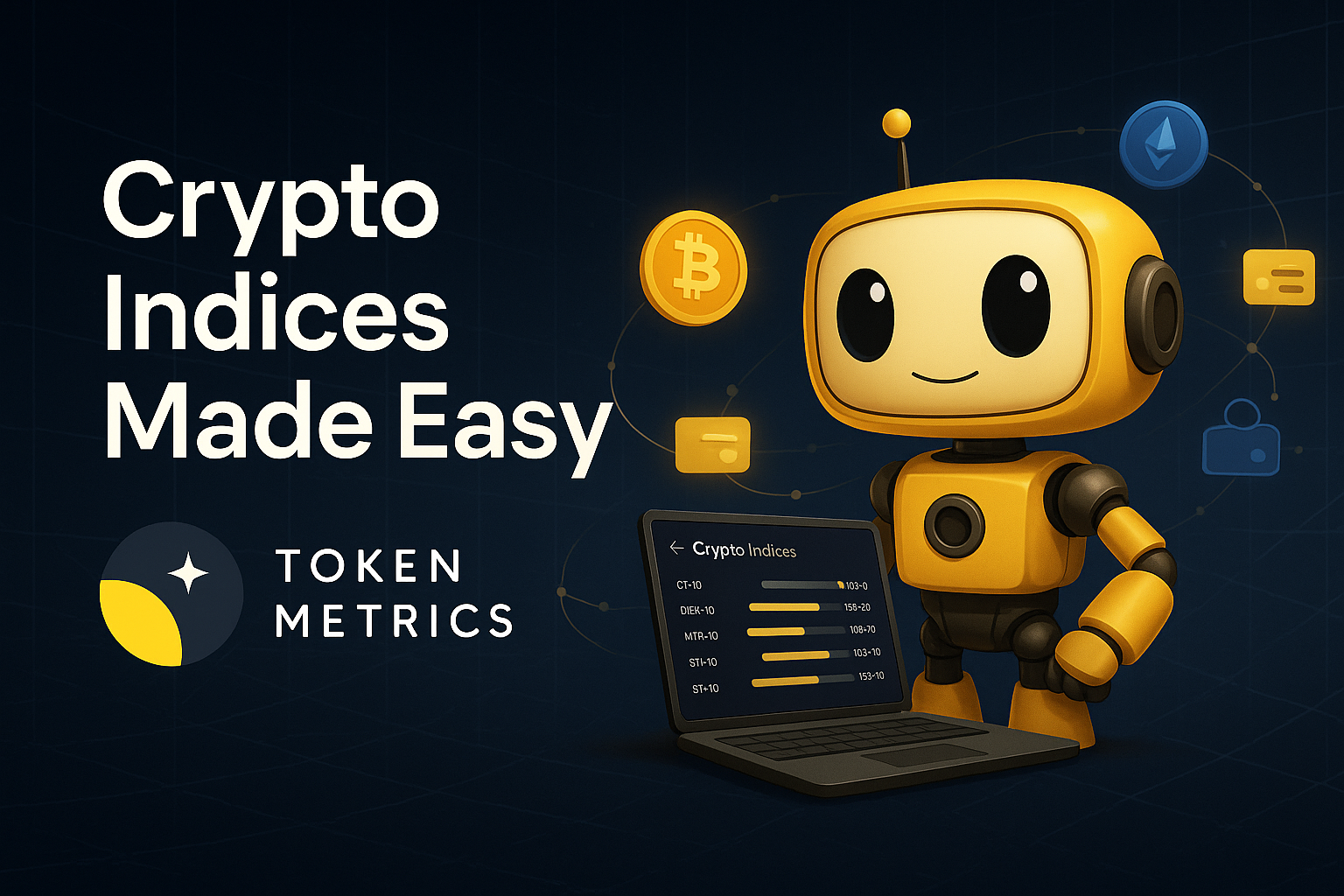
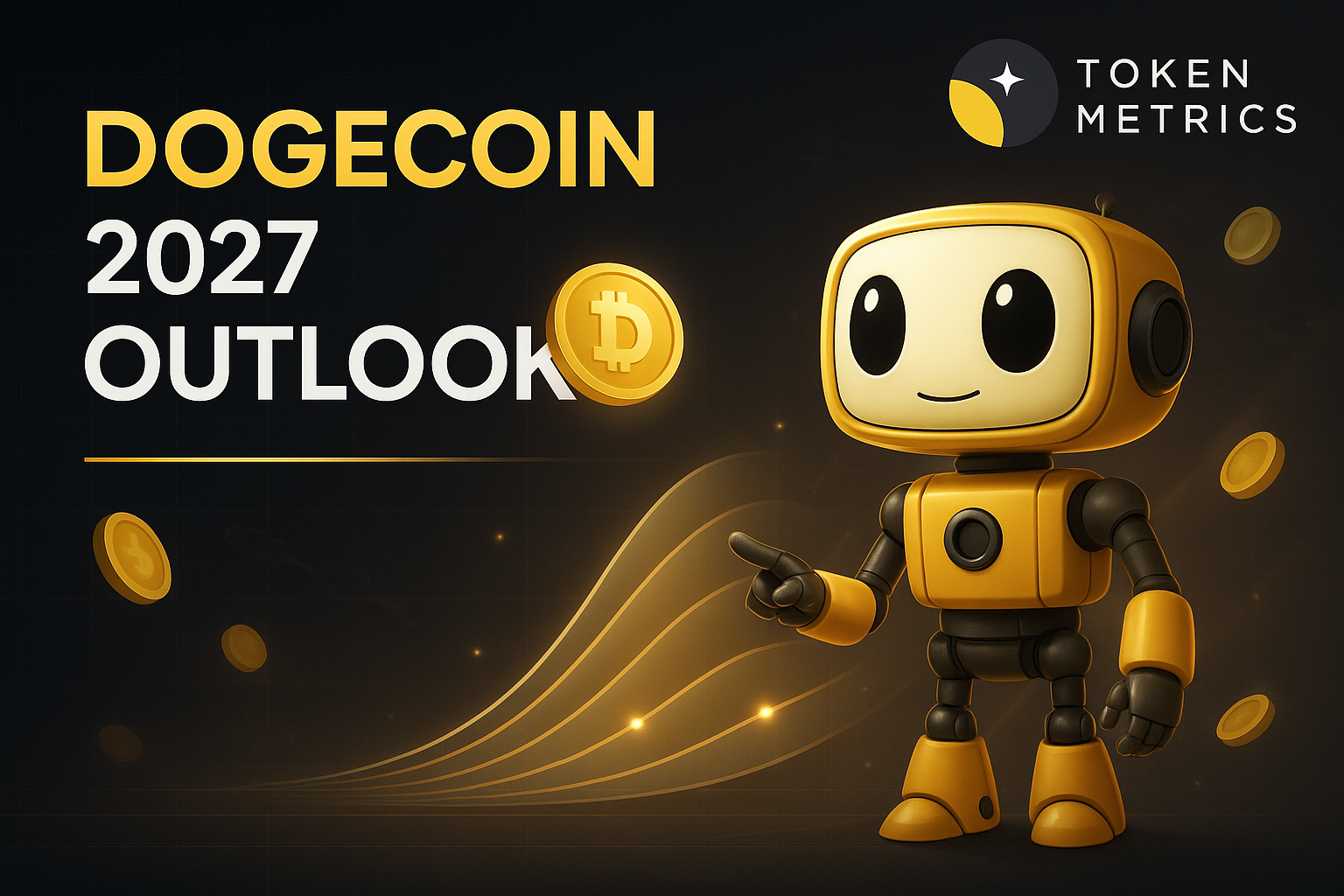


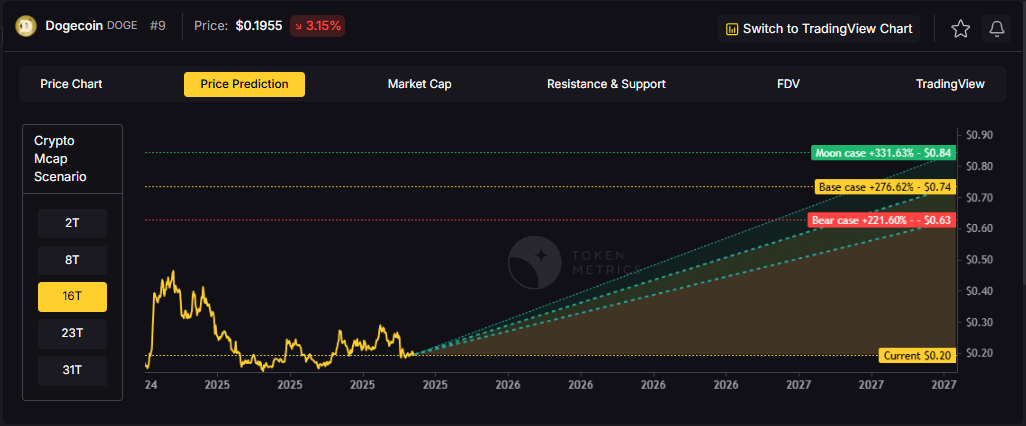
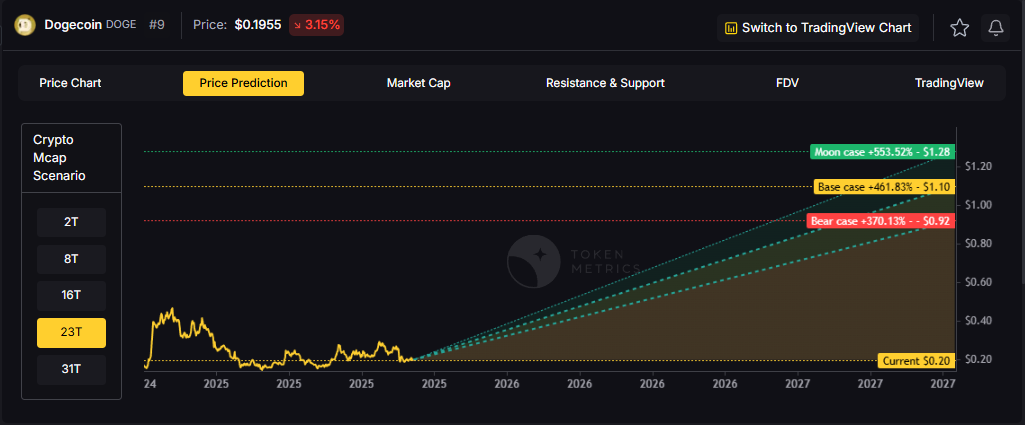

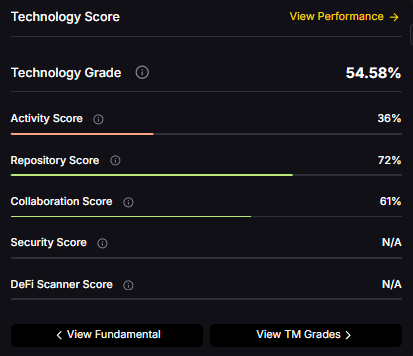


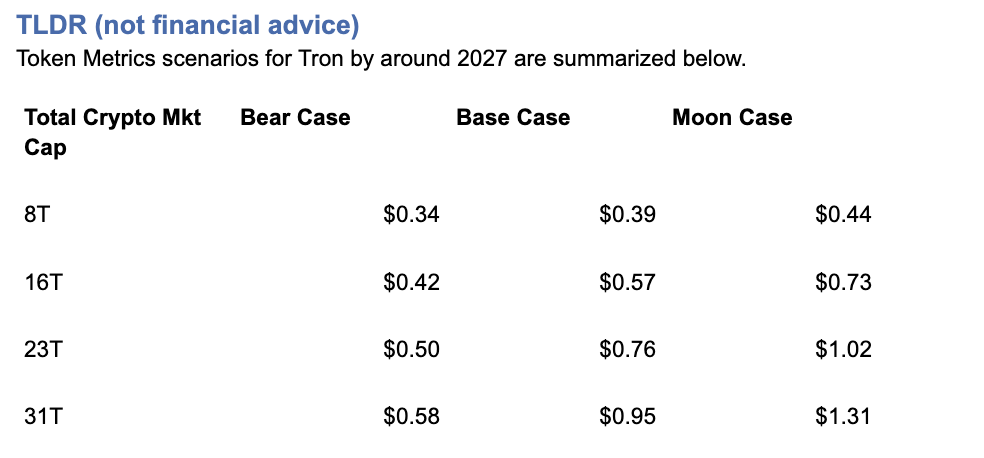
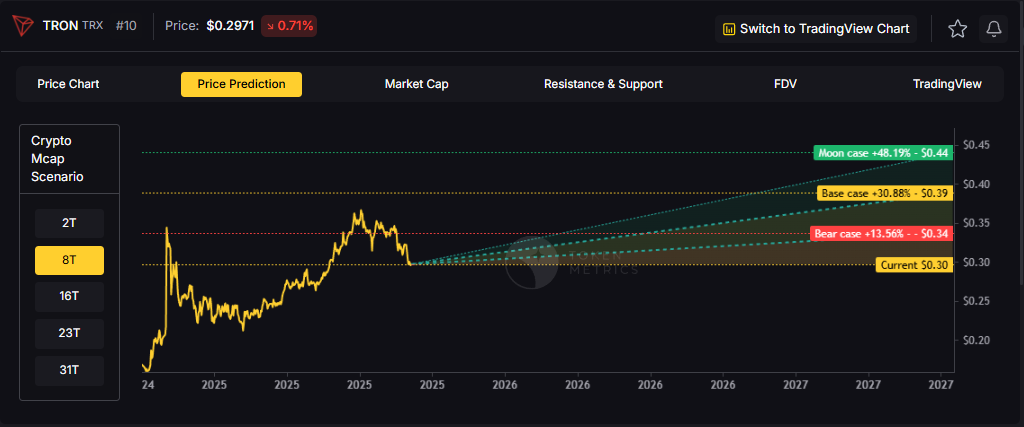

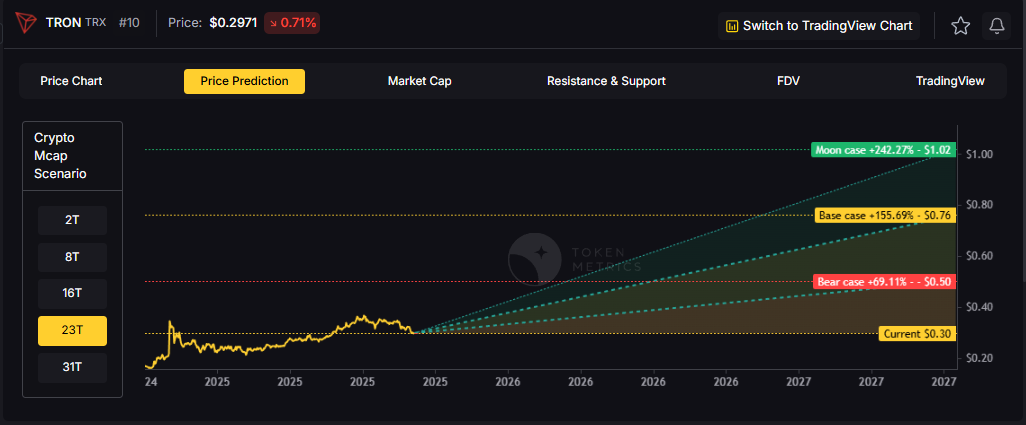
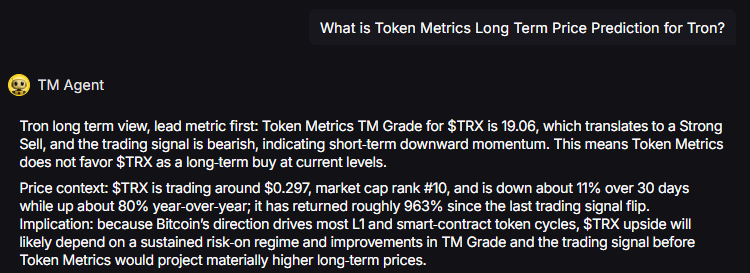



.svg)




.png)